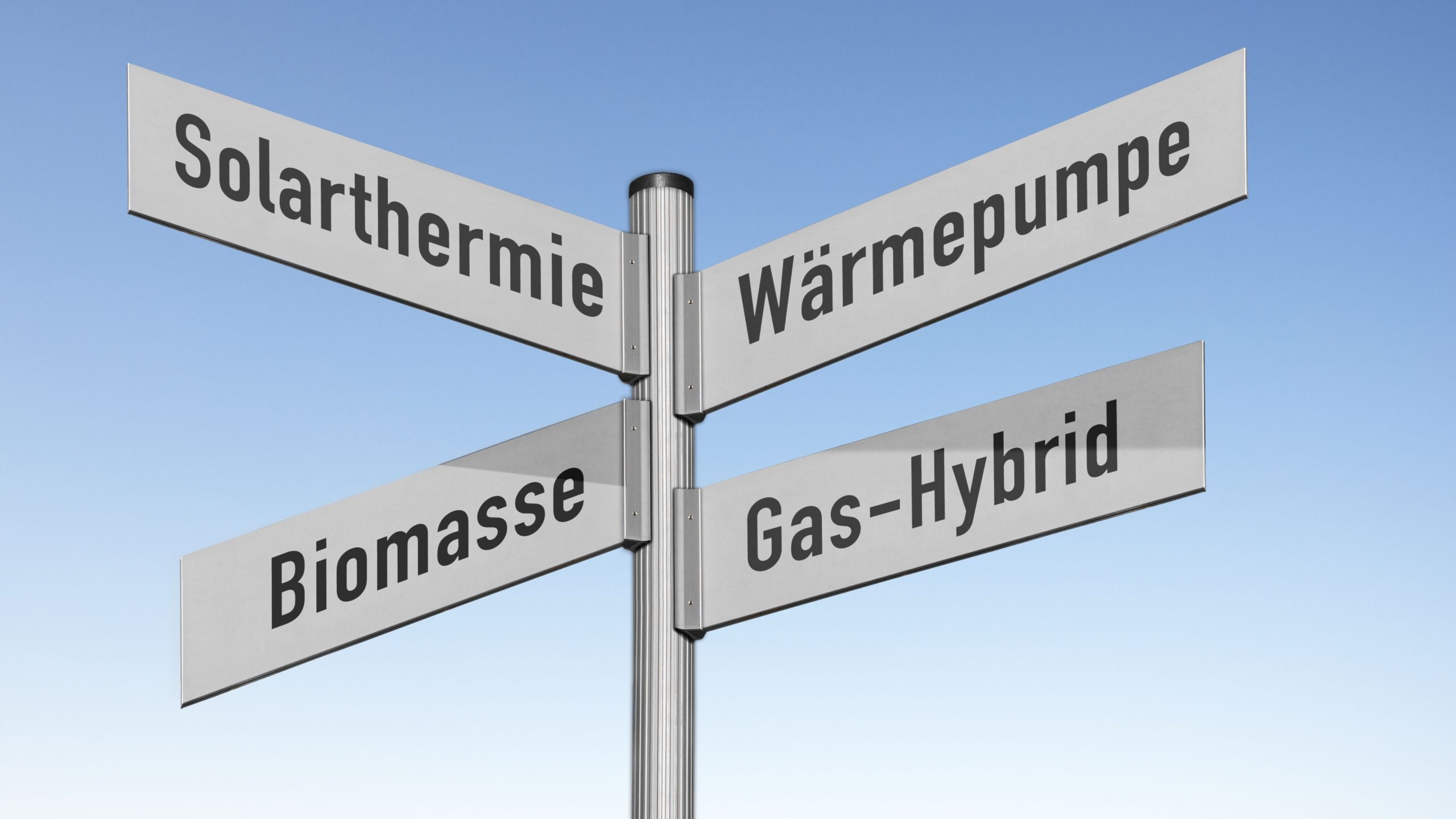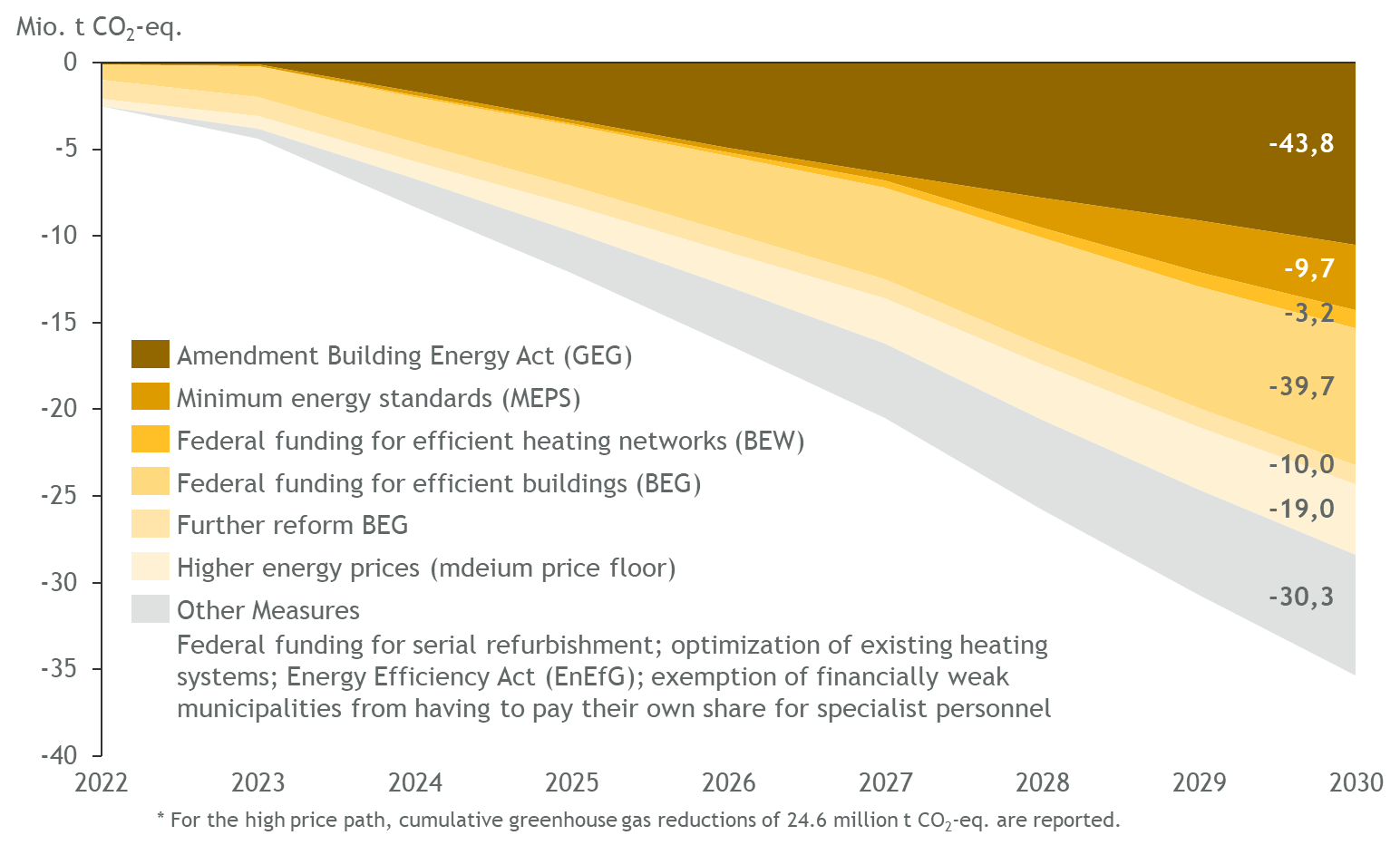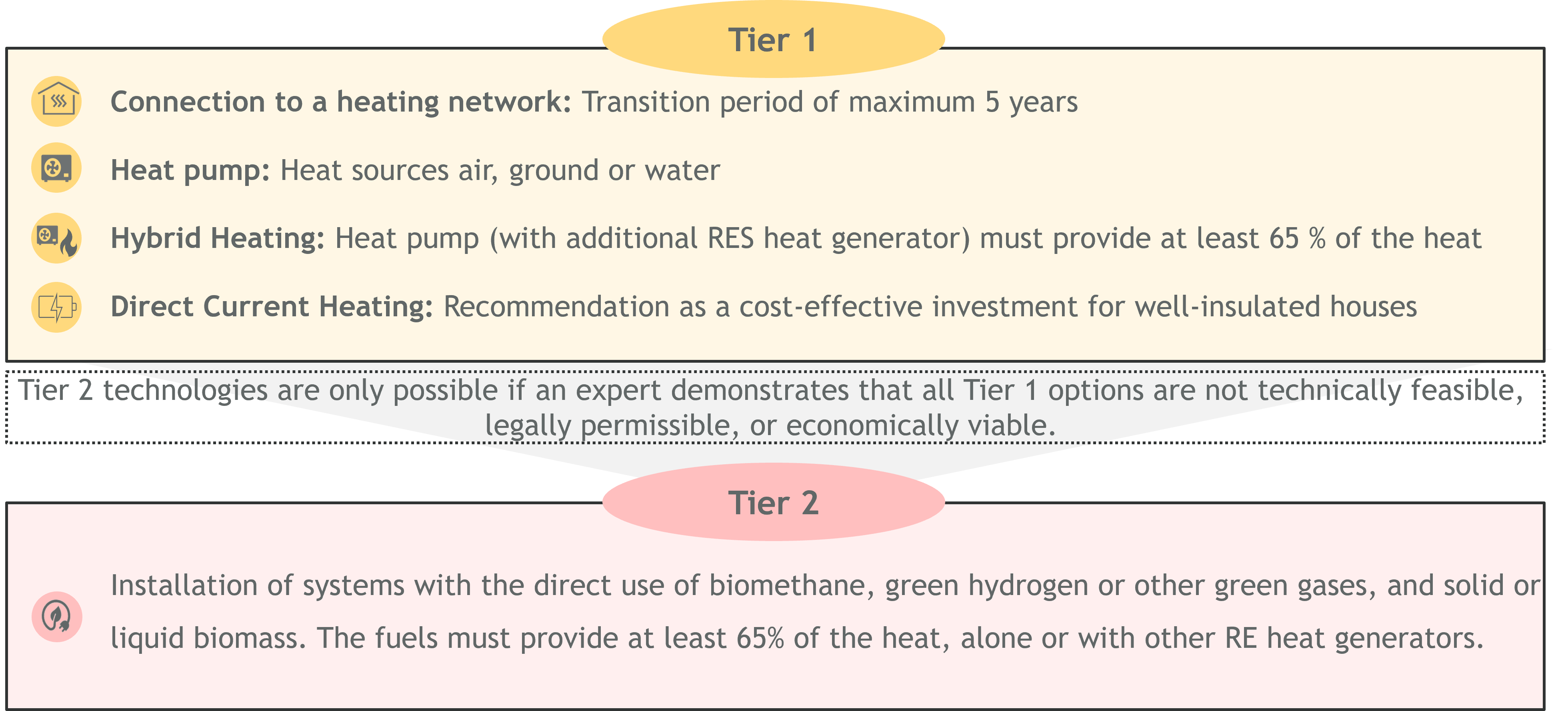
In 2021, the german building sector exceeded its sectoral emissions target by 2 million tons of CO2. In order to quickly reduce emissions in the sector, the Federal Ministry of Housing, Urban Development and Construction (BMWSB) and the Federal Ministry of Economics and Climate Protection (BMWK) published an Immediate Action Program (,Sofortprogramm‘) in July 2022. Regulatory measures and modified subsidies are intended to save an additional 161 million tons of CO2 in the building sector by 2030.

In the policy brief ,Das Sofortprogramm für den Gebäudesektor – Überblick und Analyse der Maßnahmen‘, a team from the Institute of Energy Economics (EWI) at the University of Cologne explains the measures and their effectiveness in achieving the sectoral climate target.
“The largest CO2 reduction is expected to be achieved through the amendment of the Building Energy Act,” says Dr. Johanna Bocklet, manager at EWI. Among other things, the new Building Energy Act (GEG) stipulates that from 2024 onwards, any new heating system installed must be powered by 65 percent renewable energy (RE) or households must be connected to a heating network. How the 65 percent RE target will be designed exactly, is still open.
In a consultation phase on the 65 percent RE target, civil society was able to comment on two policy options. While one option allows households to freely choose the technology, the second entails a two tier model in which green gases or biomass may only be used if experts prove that all other options are technically, legally or economically infeasible.

“The tier model is intended to indicate that hydrogen will continue to be a scarce commodity,” says Nils Namockel, senior research associate at EWI. It discourages households from rashly investing in hydrogen-capable gas heating systems, he adds. It is questionable, however, whether such a ranking of technologies is necessary. Even with the technology-open design, green gases are likely to be unattractive due to the verification requirement and the price risk. In this case, landlords would have to bear the cost difference between green and natural gas.
Both design options increase the role of heat networks. “The law for communal heat planning and subsidies for heating networks, as envisaged in the program, align with the 65 percent RE target and contribute to the decarbonization of the building sector,” says Bocklet. The program’s timetable is ambitious: In order to achieve the sectoral climate target by 2030, the German government envisages that annual emission levels will be undercut from 2028 onwards.
The program expects that climate targets will only be undercut by 0.9 to 6.5 million metric tons of CO2 eq. in total, leaving little room for maneuver to ensure that the climate target can be met. Various effects such as colder weather years, material bottlenecks, a shortage of skilled workers and low price elasticity of households can have a negative impact on the effectiveness. For example, the program assumes that end-users will adjust their demand in response to rising energy prices.
To incentivize investment in technology changes and retrofits, owners will continue to receive financial support through the adjustment of federal incentives for efficient buildings. While the overall subsidy volume increases as a result of the amendment, the subsidy rates decrease. Sample calculations by EWI show that refurbishment and heating replacement of existing residential buildings are not economical in all cases.